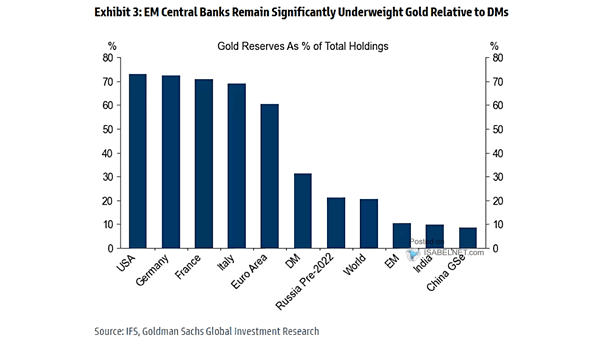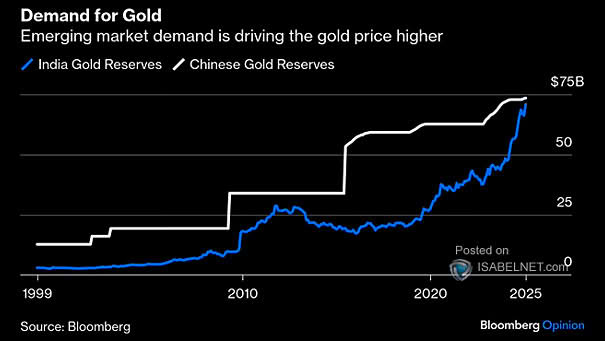Annual Changes in Central Bank Gold Reserves
Annual Changes in Central Bank Gold Reserves The significant increase in gold reserves by China, Poland, and Singapore in 2023 reflects a broader trend of central banks expanding their holdings of bullion amid escalating geopolitical and economic risks. Image: BofA Global Research


